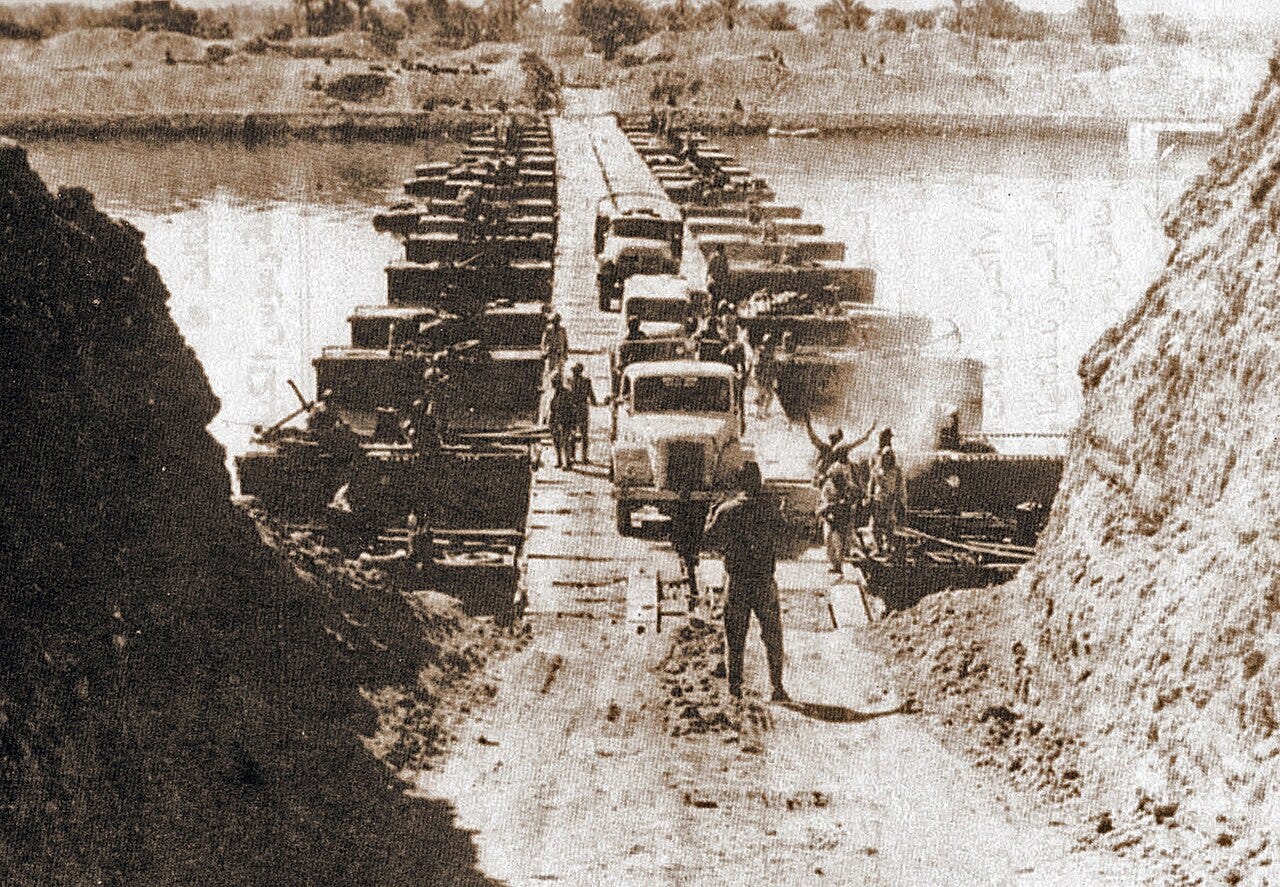Why being negative and pessimistic is an underestimated quality ?
Our world often celebrates positivity and optimism. And that’s a good thing.
However, this perspective overlooks the unique strengths that a cautious, even skeptical, mindset can bring, especially in critical decision-making scenarios. Here’s why embracing this often-underestimated quality can be a game-changer.
Challenge the norm
Pessimists are natural norm challengers.
Their tendency to question and probe can lead to more robust solutions and innovations.
Example: consider how safety standards in industries like aviation have evolved. Pessimistic viewpoints, anticipating what could go wrong, have led to rigorous safety protocols, saving countless lives.
Think of the worst-case scenarios
Thinking about the worst-case scenario isn't just about being gloomy; it's a vital part of risk management.
Example: The Fukushima nuclear disaster serves as a reminder. Experts who had warned about potential tsunamis were ignored, leading to catastrophic consequences. A pessimistic approach could have led to better preparedness.
Play devil's advocate
The role of the devil’s advocate is crucial in preventing groupthink. It ensures that all angles are considered before decisions are made.
In practice: In legal teams, one member often plays the devil’s advocate, challenging assumptions to strengthen the case.
Think differently from the mass
Pessimists often see what optimists overlook. This different perspective can be a source of innovation and problem-solving.
Example: During the Cuban Missile Crisis, President Kennedy’s advisors were divided. The pessimistic views ultimately led to a naval blockade, averting a nuclear war.
The Yom Kippur War: A Prelude to a Paradigm Shift
This role in the intelligence field is called to “the 10th man”, and it is vital to be prepared for anything.

This rule is a brilliant embodiment of the power of pessimism.
It mandates that if nine people agree, the tenth must disagree and explore contrary perspectives.
The Yom Kippur War of 1973, a conflict that erupted between Israel and a coalition of Arab states led by Egypt and Syria, serves as a backdrop to the genesis of the 10th Man Rule. On October 6, Egypt and Syria launched a surprise attack on Israel during Yom Kippur, the holiest day in Judaism, catching the Israeli Defense Forces off guard. The war, which lasted until October 25, resulted in significant casualties and territorial changes.
Prior to the war, Israeli intelligence had information suggesting a potential attack by Egypt and Syria. However, a prevailing belief within the intelligence community was that neither nation had the capability or the intent to launch a full-scale offensive.
This assumption led to a dangerous confirmation bias, where contradictory evidence was ignored. The failure to accurately assess the threat resulted in Israel being unprepared for the attack, leading to initial setbacks in the war.
Learning from mistakes: the birth of the 10th man rule
The near-catastrophic consequences of the Yom Kippur War forced the Israeli intelligence community to reevaluate their processes.
A key outcome was the implementation of the "10th Man Rule."
This rule mandated that if nine people in a decision-making group agree on a particular course of action or interpretation, the tenth person must take a contrarian view.
This individual's role was to challenge the consensus and explore alternative viewpoints, no matter how unlikely they may seem.
Today, the "10th Man Rule" transcends military intelligence, finding applications in business strategy, risk management, and scientific research.
How to use this rule and contrarian thinking in business
Take Codie Sanchez as an example. She basically took this concept and translated it into real business applications, and her (brilliant) concept was born: Contrarian Thinking.
“We are freeing humans at Contrarian Thinking. We teach people how to think critically, we teach people how to earn, we teach people how to become owners in a world of owned.” Codie Sanchez
Here are some actionable tips:
- In your projects, always assess what could go wrong and plan accordingly (risk assessment)
- In team settings, encourage someone to always take a contrarian view to ensure comprehensive analysis.
- Always have a backup plan. Pessimism teaches us that things don’t always go as expected.
- Enhance your ability to analyze and question rather than accepting things at face value. Train your brain to critical thinking.
- While pessimism has its place, balance it with optimism. This creates a realistic yet hopeful approach to challenges.
The "10th Man Rule" serves as a crucial reminder of the value of critical thinking and diverse perspectives in decision-making.
Being negative or pessimistic is not about lacking hope; it's about being prepared, challenging norms, and thinking critically.
For the last years, thinking in a dark manner has been my job.
Preparing for the worst is called risk management.
The truth is, I'm not really dark.
And you are not either.
Embrace this strength, and use it wisely to navigate through both personal and professional landscapes.
The question is: how will you decide to you use it from now?
If you want to dig deeper and learn about other intelligence concepts and ideas that can be directly applied to your environment... check out the course: Intelligence and its Mindset


